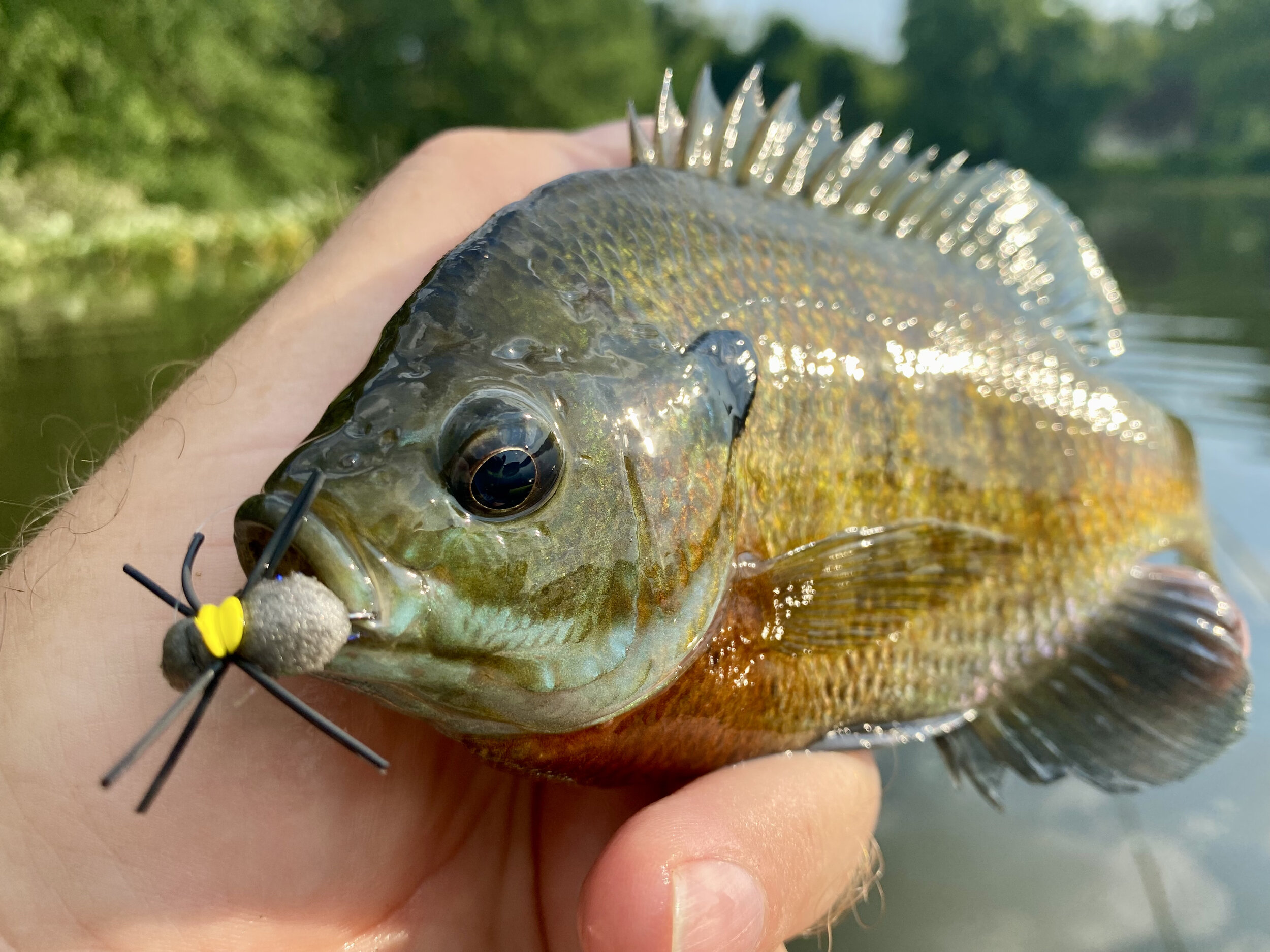While foam may not be the ideal material to tie a delicate mayfly or caddisfly, it does a fine job on many terrestrial patterns, particularly beetles. There are somewhere around 400,000 species of beetles crawling around on this planet. In addition, beetles constitute almost 40% of known insect life and 25% of all animal life! So chances are pretty good that a few are going to end up in the water and ultimately in a belly of a fish.
Read moreFly Tying Friday - The Cooper Bug
Will the real Cooper Bug please stand up!
Since the Cooper Bug turned out to be such an effective fly in both cold and warm water I decided to learn a little more about it. When I researched the pattern, I discovered a fly of the same name and a very different design. As it turns out, there was a fly called the Cooper Bug that predates the version I was tying. Interestingly enough it had its roots planted in warmwater, not a trout stream.
Read moreTerrestrial Patterns for Panfish
If you have never fished terrestrials for panfish you are missing out on some great topwater fly fishing!
The angler who chases panfish with a fly has a mind-numbing variety of flies to choose from. Traditional dry flies, hair bugs, foam bugs, and poppers will all work if the fish are looking up. As we move into the spring and summer, terrestrial insects become an essential food source on the ponds and small lakes that I fish near home. The shorelines of these bodies of water are buzzing with flying and crawling terrestrial insects and many of them find their way into the water.
Read moreThe Ugly Cricket
The Ugly Cricket 2.0 with an antron wing
As I held the fly in my hand, I could see that it was probably an early attempt at some sort of terrestrial pattern, possibly a cricket, by the fly tier who donated the materials. The fly was crudely tied with heavy sewing thread. It had a preformed foam spider body and knotted rubber legs tied in all helter-skelter. The knotted legs are what makes me believe it was meant to imitate a cricket.
Read more


